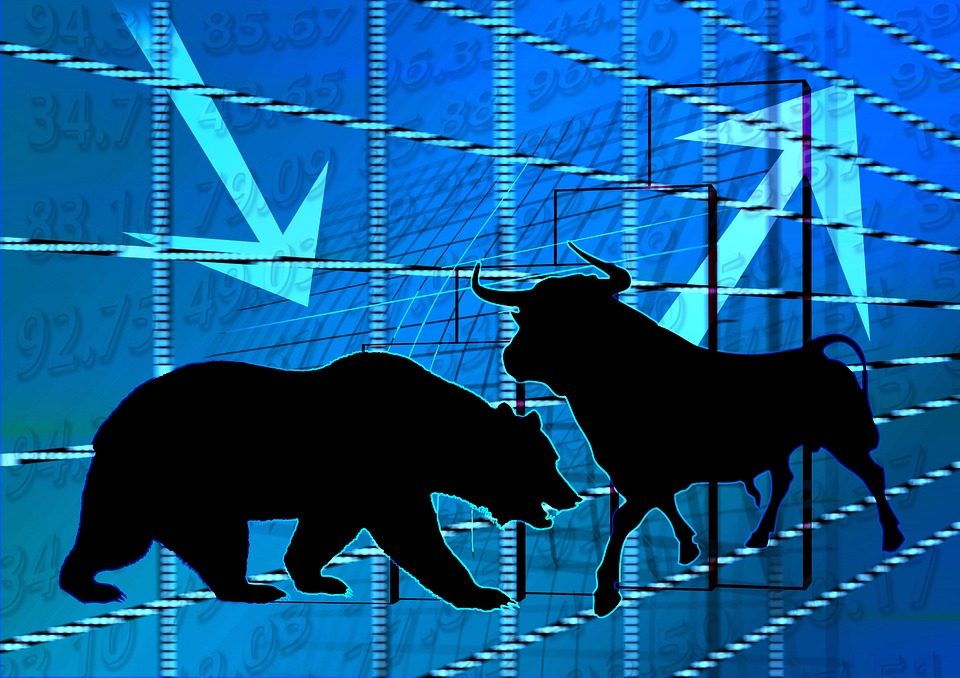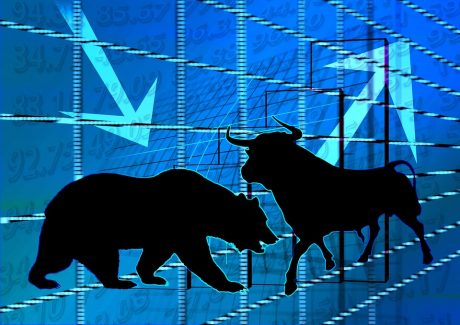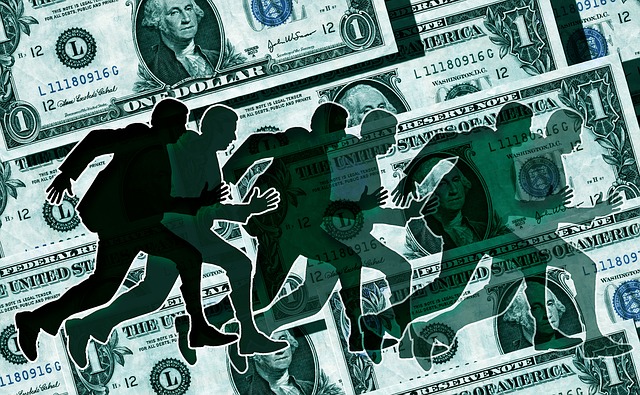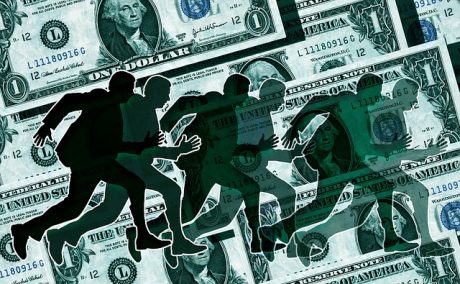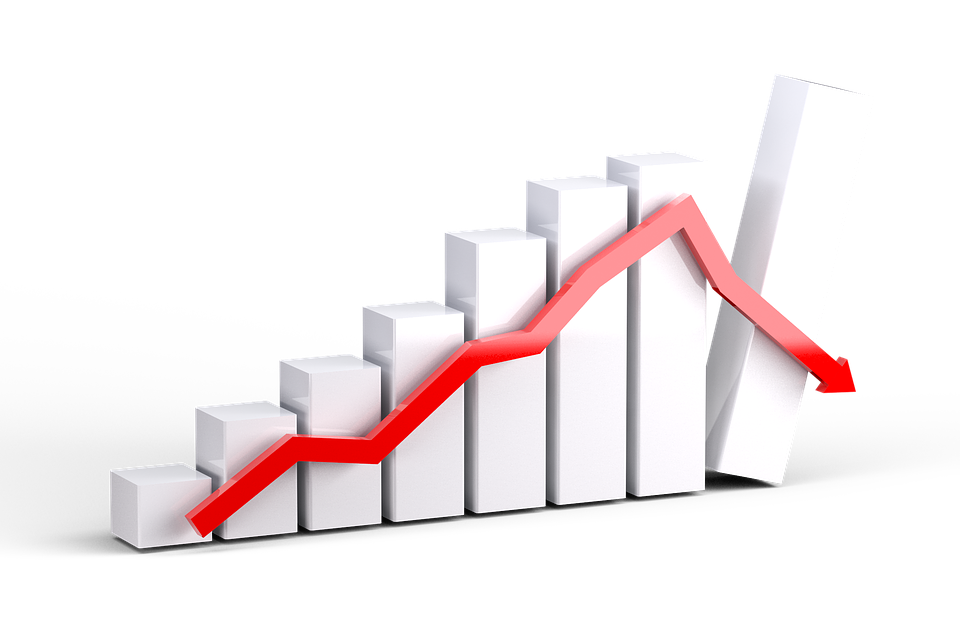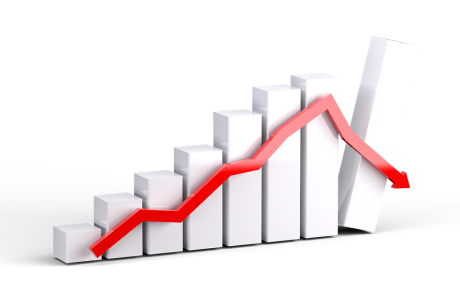
By now, it is exceedingly obvious that the global elite absolutely hate Donald Trump. No president in U.S. history has faced such a relentless assault by the corporate media, and there have been attempts to sabotage his presidency at every turn. Miraculously, Trump has survived all of these attacks so far, but now the specter of impeachment looms large over his administration. The Democrats have a solid majority in the U.S. House of Representatives, they are working quickly toward drafting articles of impeachment, and they actually hope to have Trump impeached by Christmas Day. But in order to have Trump removed from office, 67 votes will be needed in the Senate, and right now Democrats only control 47 of those seats. It was always going to be tough for Democrats to get 20 Republicans in the Senate to turn on Trump, but they have bungled this process so badly that they might not end up getting any at all.
That scenario will become even more likely if House Republicans stand solidly united behind Trump, and at this point even the Washington Post is admitting that there is a possibility “that not a single House Republican” will vote for the articles of impeachment…
Congressional Republicans are sticking with their party leader in the face of thousands of pages of evidence showing President Trump leveraged foreign policy for political favors, raising the possibility that not a single House Republican will vote for his impeachment.
Of course it will only take a simple majority to impeach Trump in the House, and Democrats will be able to do that with no problem, but it appears that the effort to remove Trump will be completely dead when it gets to the Senate.
Yes, things could still change and this is a very fluid situation, but as things stand today it seems that Trump is safe.
So what are the elite going to do if impeachment fails?
They are facing the prospect that Trump could actually win again in 2020, and that would mean that he would remain in the White House until January 2025.
For many among the elite, such a scenario must be avoided at all costs. And the quickest way to get the general public to turn on any president is for the economy to crumble.
This is one of the reasons why some prominent voices on the left have been openly wishing for a recession. For example, just check out what Bill Maher said not too long ago…
“I’ve been saying for about two years that I hope we have a recession and people get mad at me,” said Maher, a multimillionaire who would likely be well insulated from a financial downturn.
“I’m just saying we can survive a recession,” he continued. “We’ve had 47 of them. We’ve had one every time there’s a Republican president! They don’t last forever, You know what lasts forever? Wiping out species!”
Maher is literally wishing for economic pain for more than 300 million Americans just so that another four years of Trump can be avoided.
That is how obsessed some of these radicals are with getting rid of Trump.
And without a doubt, the performance of the economy could be Trump’s Achilles heel. Whenever any piece of good economic news comes out, he eagerly takes credit for it, and he has publicly warned that there will be an economic crash if a Democrat wins in 2020…
President Donald Trump predicted doom if he isn’t re-elected in 2020, saying that the economy would “CRASH” like it did during the Great Depression.
In a tweet Wednesday morning, the president called the crowded field of Democratic challengers “clowns” and compared the prospects of one of them winning to the stock market collapse of 1929.
Even though many Democrats on Wall Street absolutely hate Trump, it is undeniable that they have made out very well while he has been in the White House. In fact, only three presidents have seen the stock market perform better during their first three years in office…
Stock market performance in first three years since Trump’s election, then, ranks fourth among the 14 elected presidents since Herbert Hoover. That’s pretty good! It’s worth noting, though, that there’s not a whole lot separating him from John F. Kennedy, Bill Clinton and George H.W. Bush. A bad week or two, and he could easily fall to eighth place. On the other hand, falling to ninth would take some work, as would catching up to Dwight Eisenhower for third. Put into letter grades, I’d give the market’s performance since Trump’s election a solid B.
But what happens if the stock market crashes and the U.S. economy plunges into a deep recession in 2020?
Well, just as Trump has been getting credit for the good things that have happened in recent years, he would also get the blame if things got really bad.
Of course that wouldn’t actually be fair, because the truth is that the Federal Reserve actually has far more influence over the performance of the economy and the performance of the stock market than the president does.
But the general public does not understand these things.
When things really start to fall apart, people are going to blame whoever is in the White House, and since Trump was so eager to take credit when things were going good he won’t have any way to avoid the blame when things severely deteriorate.
So would the global elite really resort to “the nuclear option” of crashing the economy in order to prevent Trump from winning the next election?
You never know, but it is entirely possible. Today, debt is the lifeblood of our economy, and if the big banks started to tighten up the flow of credit that would begin to slow down our economy immediately. And as I noted yesterday, we are already starting to see banks deny loans to farmers in the middle of the country on a widespread basis. The tighter that lenders become with their money, the worse that our economy will do, and this is something that we should be watching closely.
The stock market is also a potential flashpoint. Right now, insiders are selling off their stocks “at the fastest pace in two decades”, and valuations are ridiculously inflated. Companies that are losing giant mountains of money every single year are supposedly worth billions of dollars, and the market has been going up for so long that most investors have completely forgotten about 2008. But at some point this entire charade is going to come crashing down, and it wouldn’t take very much of a “push” to make that happen.
There is an even bigger bubble in the bond market. Today, there is 188 trillion dollars of debt in the global financial system, and those at the very top of the economic food chain control much of that debt. Could it be possible that they would be willing to unleash a bit of chaos in order to achieve their political goals?
I don’t think that the global elite really want to go through a major crisis, but at this point for many of them just about anything is preferable to four more years of Trump.
We are less than two months away from 2020, and I truly believe that it will be the most chaotic year that any of us have seen in a very long time.
There are a lot of very powerful people that are absolutely determined to keep Trump from winning this upcoming election, and they would be willing to do just about anything in order to make that happen.
About the Author: I am a voice crying out for change in a society that generally seems content to stay asleep. My name is Michael Snyder and I am the publisher of The Economic Collapse Blog, End Of The American Dream and The Most Important News, and the articles that I publish on those sites are republished on dozens of other prominent websites all over the globe. I have written four books that are available on Amazon.com including The Beginning Of The End, Get Prepared Now, and Living A Life That Really Matters. (#CommissionsEarned) By purchasing those books you help to support my work. I always freely and happily allow others to republish my articles on their own websites, but due to government regulations I need those that republish my articles to include this “About the Author” section with each article. In order to comply with those government regulations, I need to tell you that the controversial opinions in this article are mine alone and do not necessarily reflect the views of the websites where my work is republished. This article may contain opinions on political matters, but it is not intended to promote the candidacy of any particular political candidate. The material contained in this article is for general information purposes only, and readers should consult licensed professionals before making any legal, business, financial or health decisions. Those responding to this article by making comments are solely responsible for their viewpoints, and those viewpoints do not necessarily represent the viewpoints of Michael Snyder or the operators of the websites where my work is republished. I encourage you to follow me on social media on Facebook and Twitter, and any way that you can share these articles with others is a great help.





